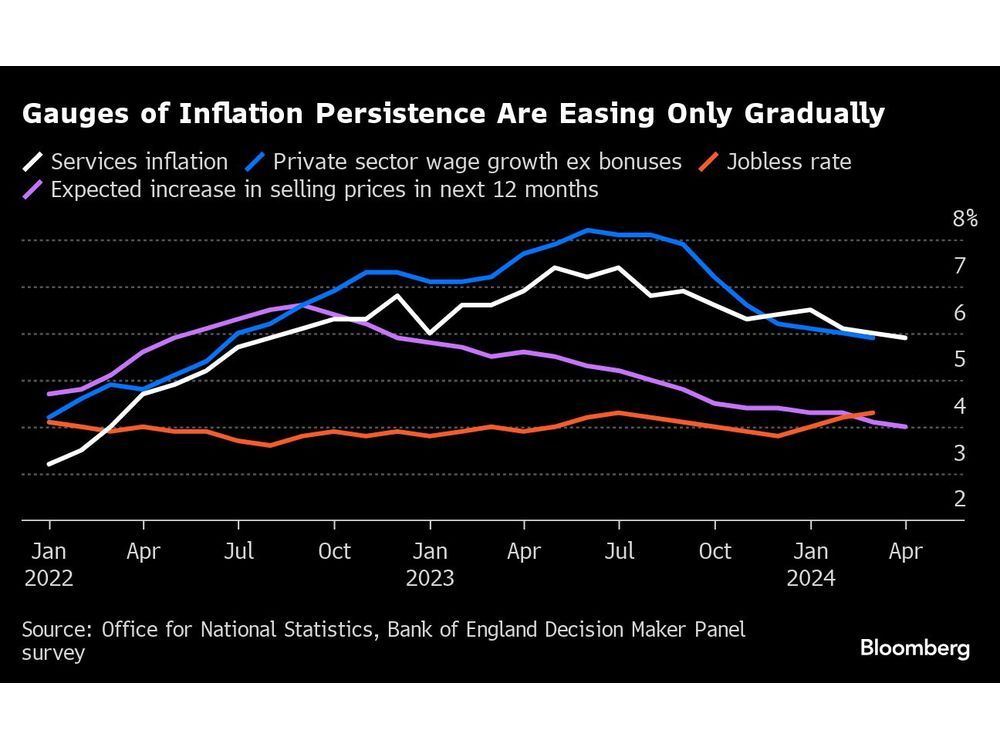Follow us on LinkedIn
Depreciation is an accounting method that allocates the cost of a tangible asset over its useful life, reflecting its gradual decrease in value or wear and tear. By spreading the cost, it accurately represents the asset’s impact on a company’s financial statements. Methods like straight-line, declining balance, and units-of-production help calculate depreciation.
Some assets depreciate at a double rate in the first few years compared to others. Therefore, companies use the double declining method for those assets.
What is the Double Declining Balance Depreciation method?
The double declining balance method is a depreciation technique used in accounting to allocate the cost of an asset over its useful life. It is called “double declining” because it employs a depreciation rate that is twice as high as the straight-line depreciation rate. This method follows the idea that assets lose value more rapidly in their early years.
Under the double declining balance method, the asset’s initial book value gets multiplied by the double declining rate to calculate the depreciation expense for a given period. This higher rate leads to higher depreciation expenses in the earlier years, gradually decreasing over time. By front-loading the depreciation, this method matches expenses with the asset’s highest usage and revenue-generating years.
How to calculate depreciation under the Double Declining Balance Depreciation method?
Companies must first determine the straight-line depreciation rate to calculate depreciation using the double-declining balance method. This rate comes from dividing 100% by the asset’s estimated useful life. This calculation provides the straight-line rate, which companies can multiply by 2 to obtain the DDB rate. This higher rate helps calculate the depreciation expense.
Next, companies must apply the DDB rate to the asset’s book value to determine the depreciation expense for the current period. The calculated depreciation expense reduces the book value of the asset. This process gets repeated each period until the asset’s book value reaches its estimated salvage value or the end of its useful life.
Overall, the formula for the double declining balance depreciation method based on the above is as follows.
Depreciation expense = (Book value at the beginning of the period – Salvage value) x DDB rate
Similarly, the formula for the DDB rate is as follows.
DDB rate = 2 x Straight-line depreciation rate
Example
A company, Red Co., purchases an asset with an initial cost of $10,000 with a salvage value of $2,000. The company estimates it to have a useful life of 5 years. Based on this assumption, the double declining balance rate calculation is as follows.
DDB rate = 2 x Straight-line depreciation rate
DDB rate = 2 x (1/5)
DDB rate = 0.4 or 40%
Based on the above DDB rate, the depreciation expense for the initial year the asset gets used is as follows.
Depreciation expense = (Book value at the beginning of the period – Salvage value) x DDB rate
Depreciation expense = ($10,000 – $2,000) x 0.4
Depreciation expense = $3,200
For the next accounting period, the asset’s book value will be $6,800 ($10,000 – $3,200). The DDB depreciation calculation for that year will be as follows.
Depreciation expense = (Book value at the beginning of the period – Salvage value) x DDB rate
Depreciation expense = ($6,800 – $2,000) x 0.4
Depreciation expense = $1,920
Conclusion
The double declining balance depreciation method helps companies depreciate assets faster. This method is similar to the declining balance depreciation method. Essentially, it results in a higher depreciation expense in an asset’s initial years than later. The calculation is straightforward for the DDB depreciation method, as discussed above.
Further questions
What's your question? Ask it in the discussion forum
Have an answer to the questions below? Post it here or in the forum





Prime Minister Keir Starmer’s promise to “get Britain building again” will quickly face a shortage of skilled workers in the very industries he’s hoping will power the turnaround.